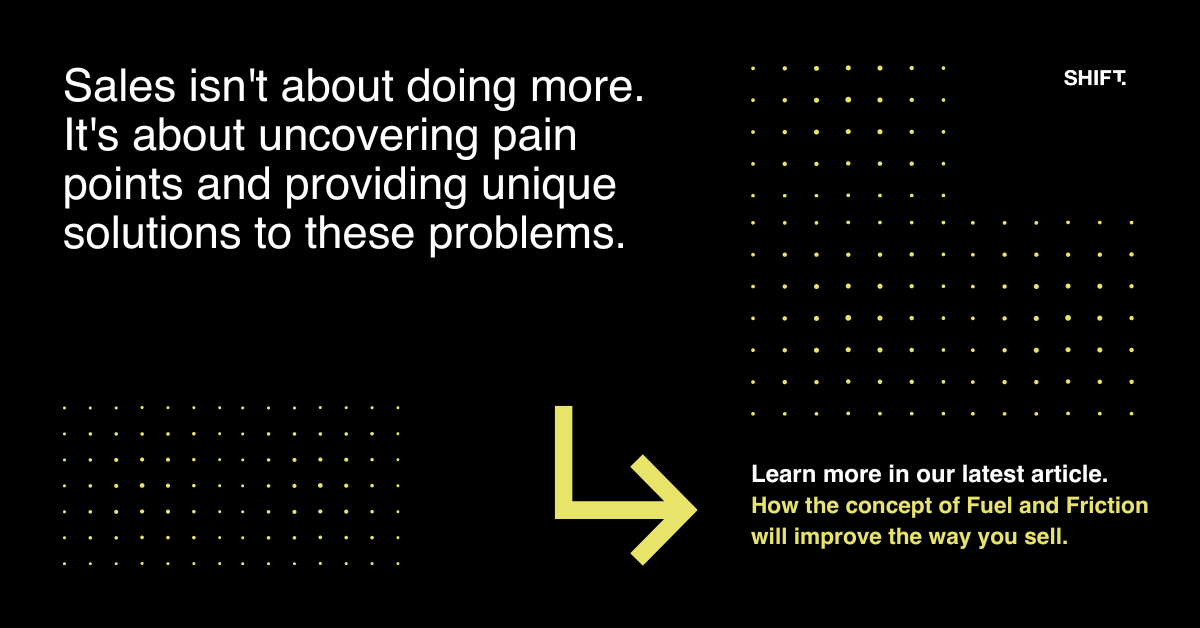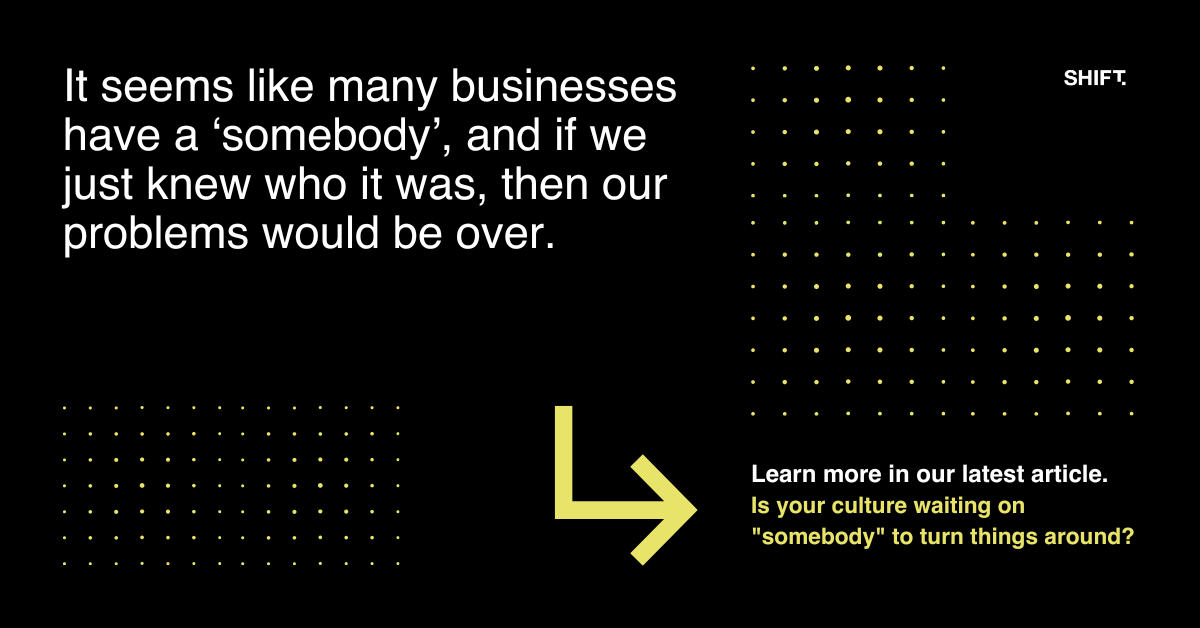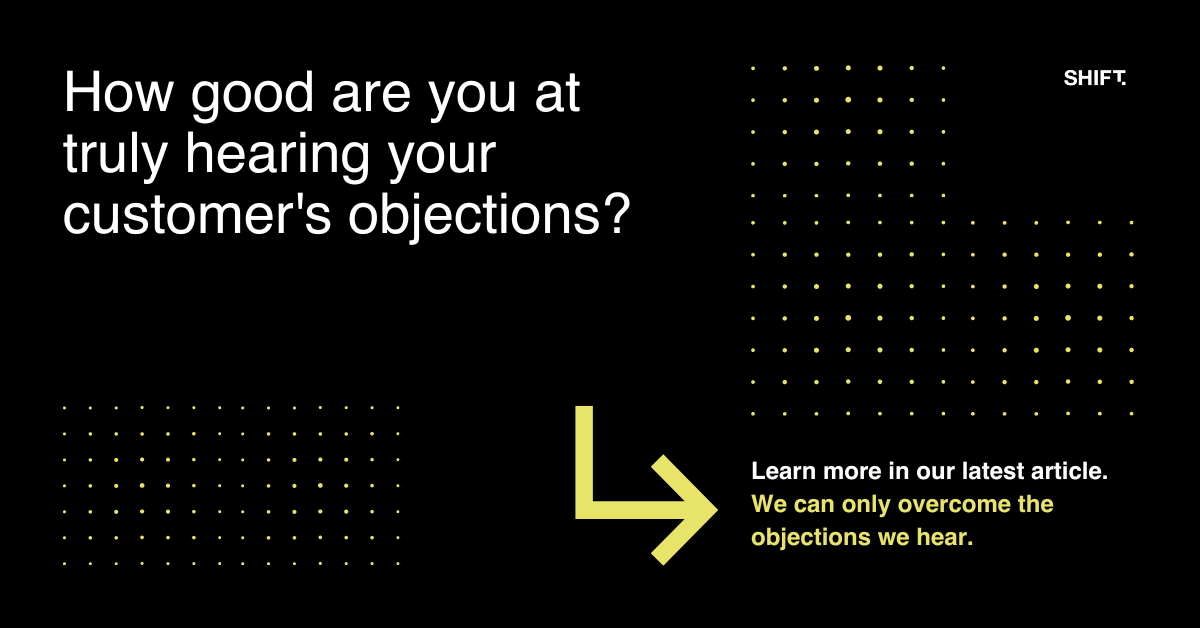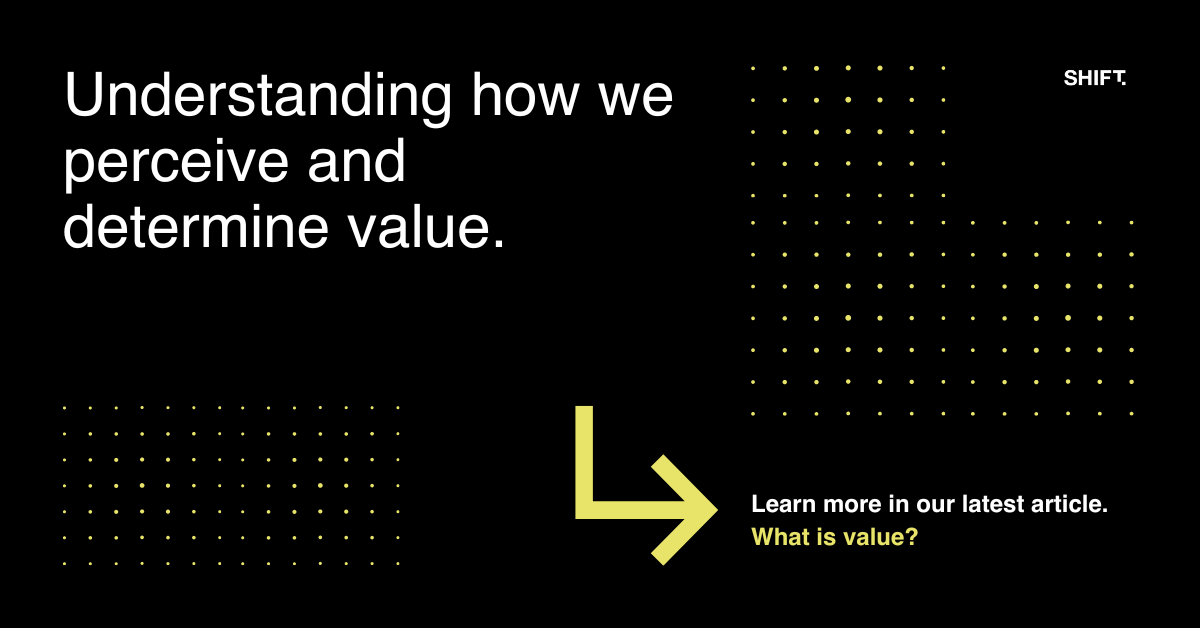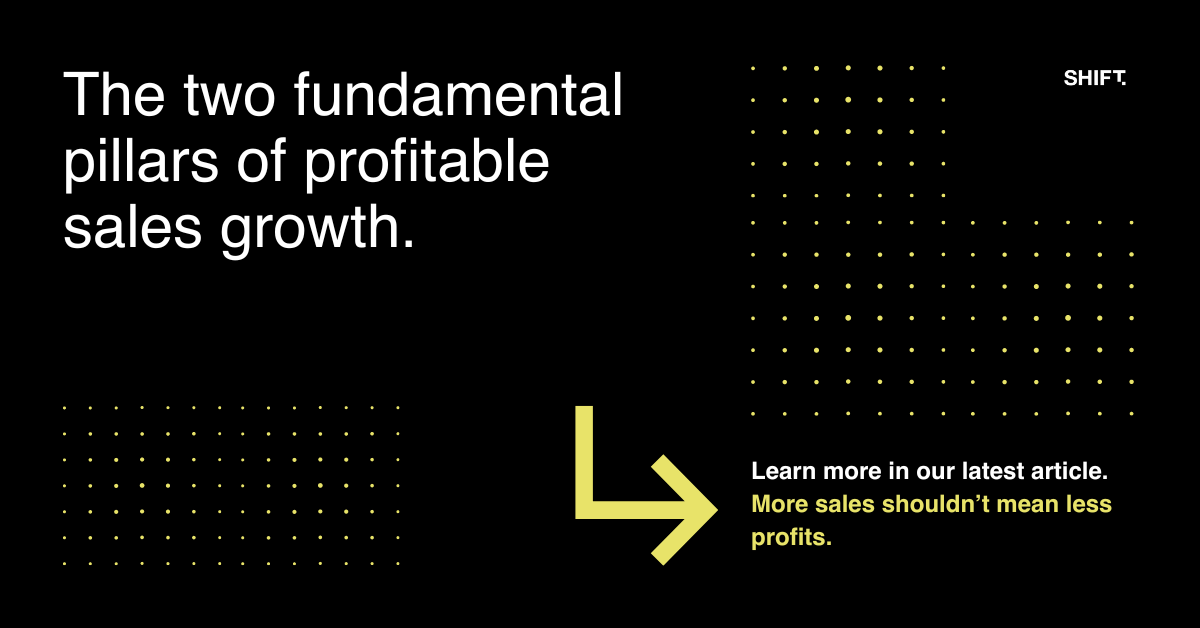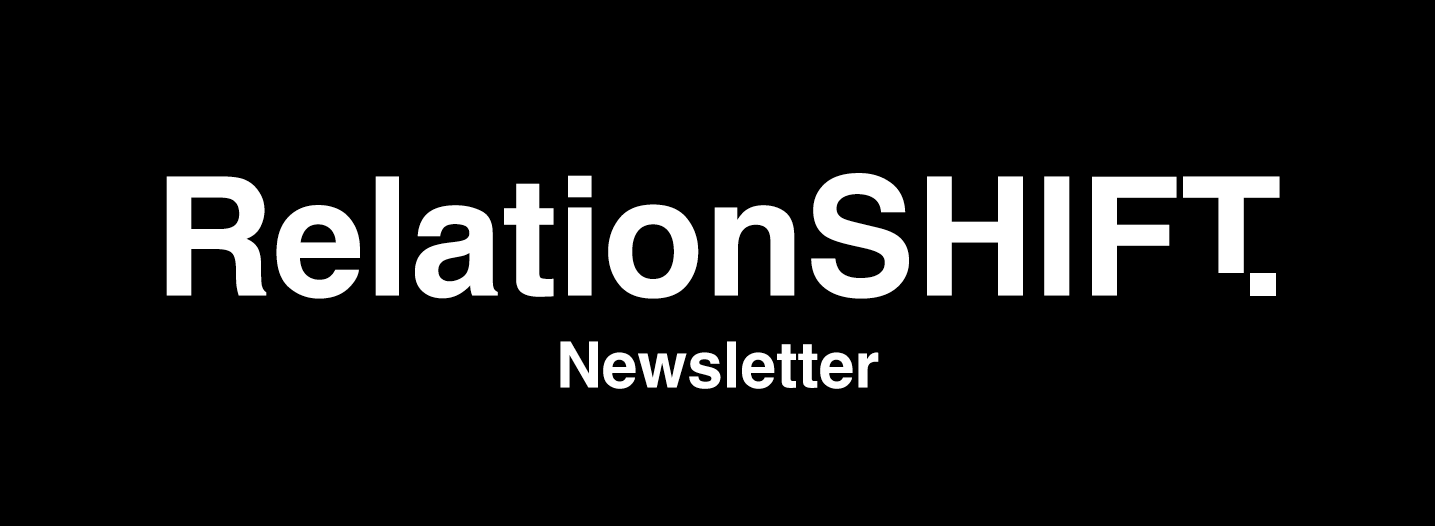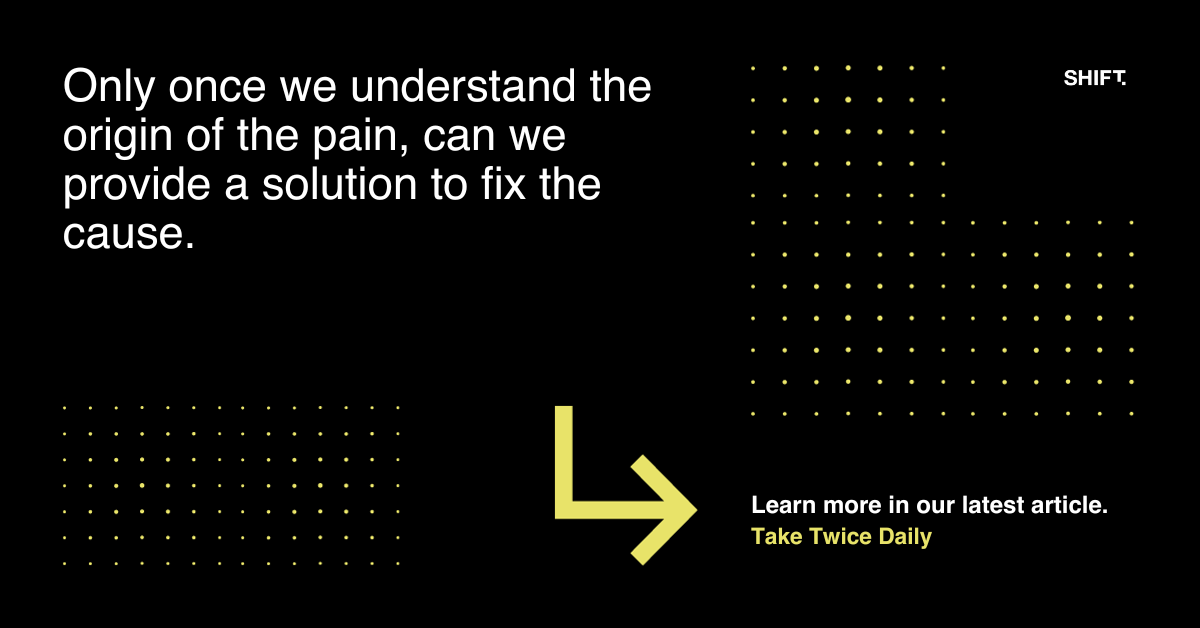Helen stepped out of the building. Her head was spinning. She'd just finished a meeting with a potential new customer, and it didn't go that well. After the initial introduction, the customer took over the discussion and proceeded to tell her what she had to do. Any intentions she had for the meeting went out the window.
Dale tried several times to get the meeting on track. He talked about why he was there, but the customer just wanted to talk about everything but business. It was a pleasant meeting, however nothing came of it.
Sally left the meeting thinking that it went okay, but she was unsure of how she will land the next meeting. The discussions went off track, and the next actions for either party weren't clear.
What is the common issue here? Is it the customer? Are they at fault? Should we steer clear from these types of customers?
The problem is not the customer, it is the reality of competing agendas. Even worse, it is the reality of 'unconscious' competing agendas.
For many salespeople, getting a meeting with a customer is the whole game
"If I can just get a meeting with them, pitch our offer, then I will get the sale over the line".
For many, the planning is done just before they go into the meeting.
In relationship selling, we know that it generally takes several interactions with a customer to win them over. Very rarely, if ever, do you win them over in one meeting.
A tool that significantly helps us ensure that the meetings we have are successful, ensuring we get the next meeting is an agenda.
Putting together an agenda
before the meeting helps us plan for what we will talk about.
Putting together an agenda
before the meeting ensures we are clear about the outcomes we want from the meeting and ensures we get the next meeting locked away.
Putting an agenda together
before the meeting helps us plan for any objections we might get and how we might engage before the meeting to offset these objections before they come up.
Having an agenda
in the meeting helps us keep the discussion on track.
Having an agenda
in the meeting
helps us manage time, so we effectively understand the customer and connect with them in the precious time we have scheduled.
Sending the agenda to the customer
before the meeting
shows that we care about them and their time.
Sending the agenda
before the meeting
implies that we do what we say we are going to do.
Having an agenda and
sharing it with the customer helps us stand out from all other salespeople, beating a path to the customer's door.
So, what makes a good agenda?
- 3 - 4 agenda items only
- Agenda items should be about engaging the customer and their world
- The agenda should always have 'next meeting' as the last agenda item
- Can be as formal as you like as long as it is explicit
If at this point that voice in your head is saying something like, "I don't really need to use an agenda, cos' my customers would think it is overkill",
then I want you to think
about this scenario – You are busy with your business, doing what you need to do and multiple salespeople are calling on you. Which salesperson would make the most impact?
The salesperson who comes to the meeting unprepared or the one who puts an agenda together and seems to care about the time spent together?
You now have your answer.
Without a clear and shared agenda, the chances are that the meeting will result in competing agendas that aren't clear to either party.
PS - In my book, The Art of Relationship Selling, I take a deeper look at agenda’s and provide more frameworks about setting effective agenda’s. You can get your copy today by
clicking this link here.
Andrew Nisbet
